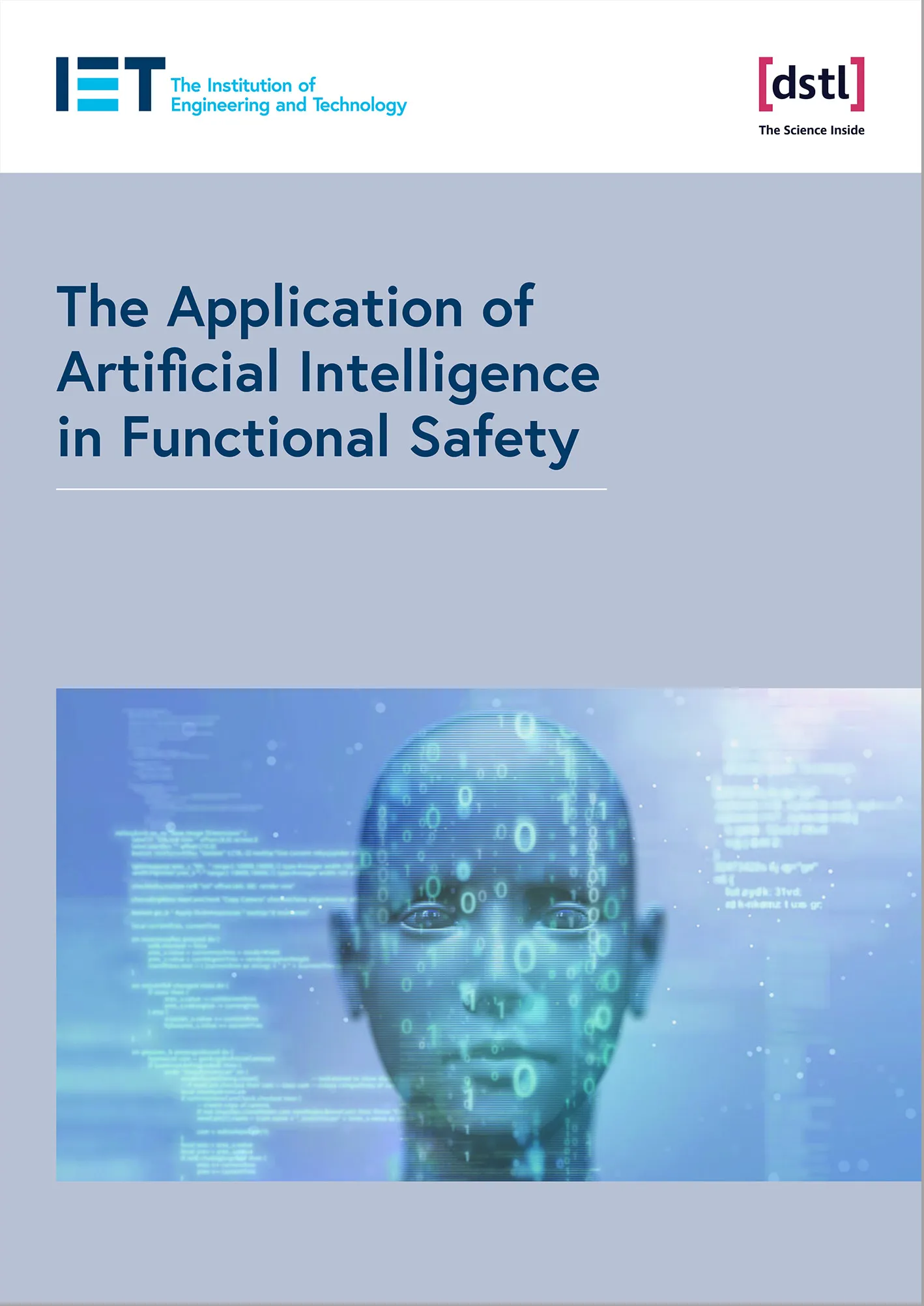The Application of Artificial Intelligence in Functional Safety
The Application of Artificial Intelligence in Functional Safety focuses on the effective use of artificial intelligence (AI) in safety-related applications, highlighting the importance of underpinning regulation and good practice to embed AI safety.
The intention is to highlight the risks associated with AI and the consideration to be given to the various techniques and measures employed during the engineering lifecycle.
This high-level publication aims to provide non-specialist senior managers with appropriate information to support their decision making on the use of AI (particularly in safety-related applications).
What constitutes artificial intelligence has long been debated.
Here, in line with the UK Government's National AI Strategy, 2021, we refer to AI as “Machines that perform tasks normally requiring human intelligence, especially when the machines learn from data how to do those tasks.”
This capacity to learn provides an ability to solve problems that could range from relatively simplistic and specific behaviour, for example, in the approximation of mathematical functions (narrow AI), to the replication of human intelligence (artificial general intelligence (AGI)) and beyond to 'super intelligence’.
It should be noted that current technologies have only achieved relatively low levels of narrow AI.

Functional safety is more easily defined. IEC 61508 defines it as relating to that part of the overall equipment under control (EUC) safety that relates to the correct functioning of the electrical/electronic/programmable electronic system safety-related systems.
This document focuses on 10 key ‘pillars’ that highlight the risks of using AI in such systems.
It outlines the additional considerations required in the engineering processes and provides guidance on building assurance cases for AI in safety related applications.
It also addresses the fundamental differences between traditional and AI software.
